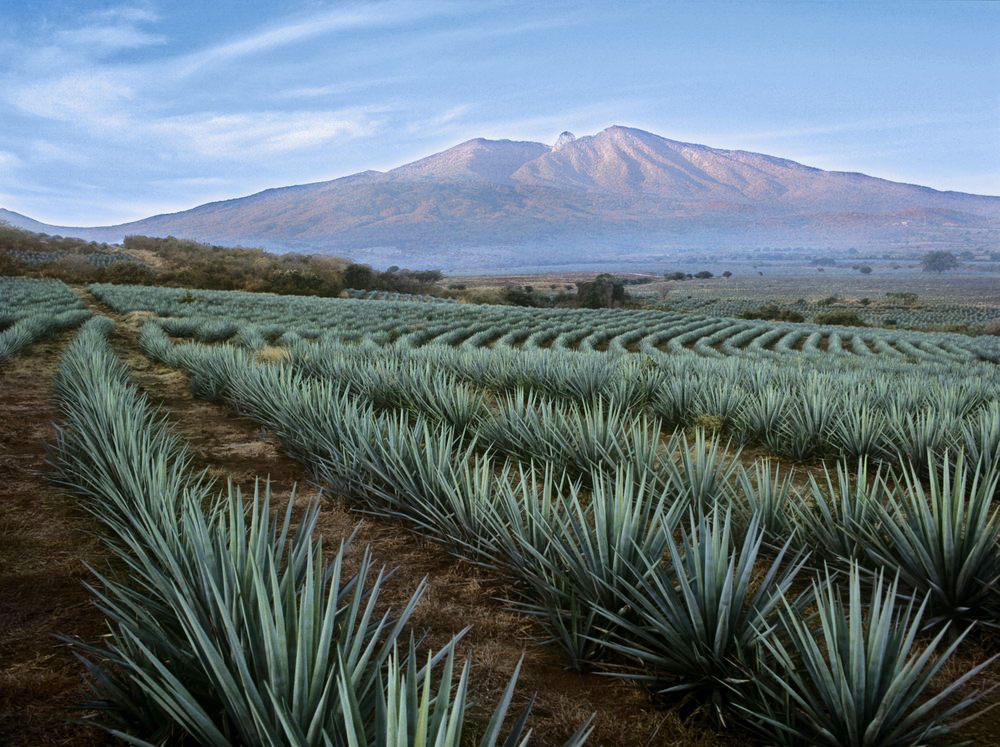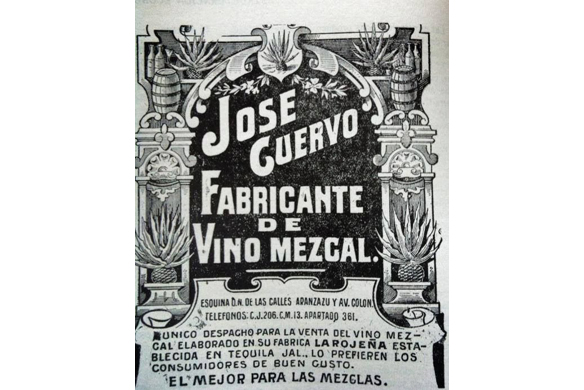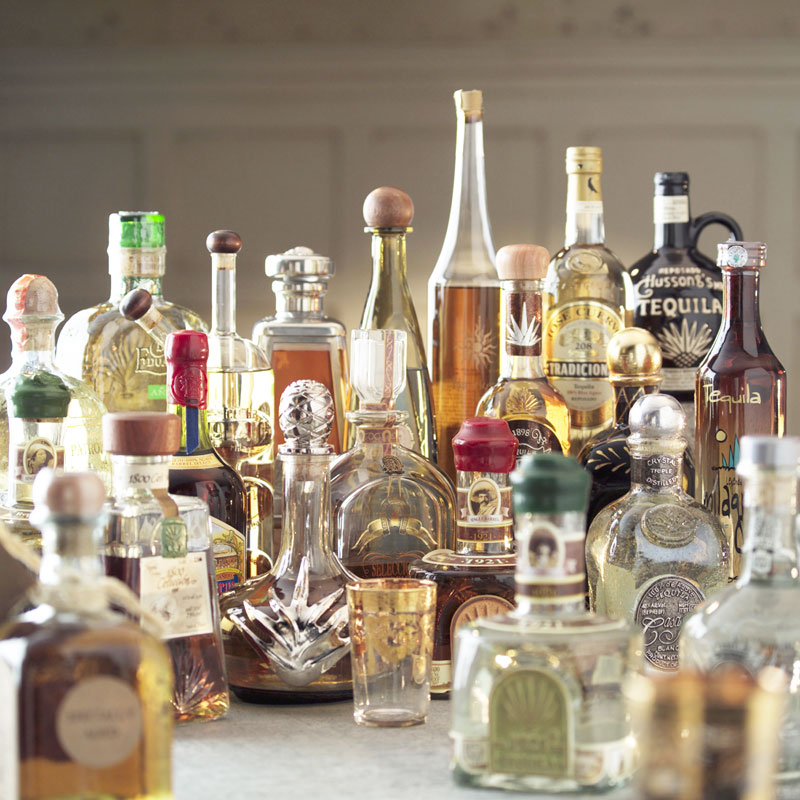The spirit that we call Tequila has a pretty colorful history that some might find surprising. For starters, did you know it was introduced by Spanish Conquistadors in the 1500s. Legend has it that when they first arrived from Spain in the early 16th century, they brought with them casks of brandy, the distilled wine they made and enjoyed back home.

But, being thirsty in this new, dusty land, the brandy quickly ran out, so they had to find an alternative.
The indigenous people of Mexico were already making and drinking something called pulque, a crude type of beer made from the local Agave plant.
The Spanish took the next logical step by distilling pulque into what they called, Vino de Mezcal, or Wine of Mezcal.
In 1758 Don Jose Antonio de Cuervo, a Mexican Colonist from Spain, was awarded a land grant by Spanish King Ferdinand VI for a tract of land in the town of Tequila, Jalisco. It was here that he founded thae Taberna de Cuervo where he farmed agave. In 1795 Don Jose's son, Jose Maria Guadalupe de Cuervo was given the world’s first permit to distill agave, and so in that year the first drops of Mezcal de Tequila de Jose Cuervo flowed from the stills.
This was the first instance of commercial tequila development, and the birth of the tequila industry!

In 1880 the Cuervo family became the first to individually bottle their tequila, while others chose to sell it in large wooden barrels.
Because of this strategy they began to export to the United States far earlier than other brands, with three bottles crossing the border in the late 1800s. And exporting to the US was something they continued doing in the 20th century. They especially increased their popularity during prohibition here in the US as bootleggers were all-too-happy to smuggle it across the border to sell to thirsty Americans.
Then in 1873, a man named Cenobio Sauza, another distiller from the same region in Mexico called Tequila, became the first distiller to export his product to the United States by bringing three casks and six jugs through what is now known as Juarez, Mexico to the bordering city El Paso, Texas. He also began calling his product "Tequila" based on the town of origin.
As more and more distillers began importing their spirit, the name, Tequila stuck, and that’s what it’s been known as ever since.

There are many different types of tequila, from the clear or blanco tequila to the aged, or anejo. There are also a number of different brands and methods for distilling. What they all have in common is that they are made from a certain variety of Agave – the Blue Webber variety – and they all come from the same region – Jalisco, Mexico.
Whatever your favorite might be we hope we’ve shed some light on Mexico’s native spirit. Salud!

